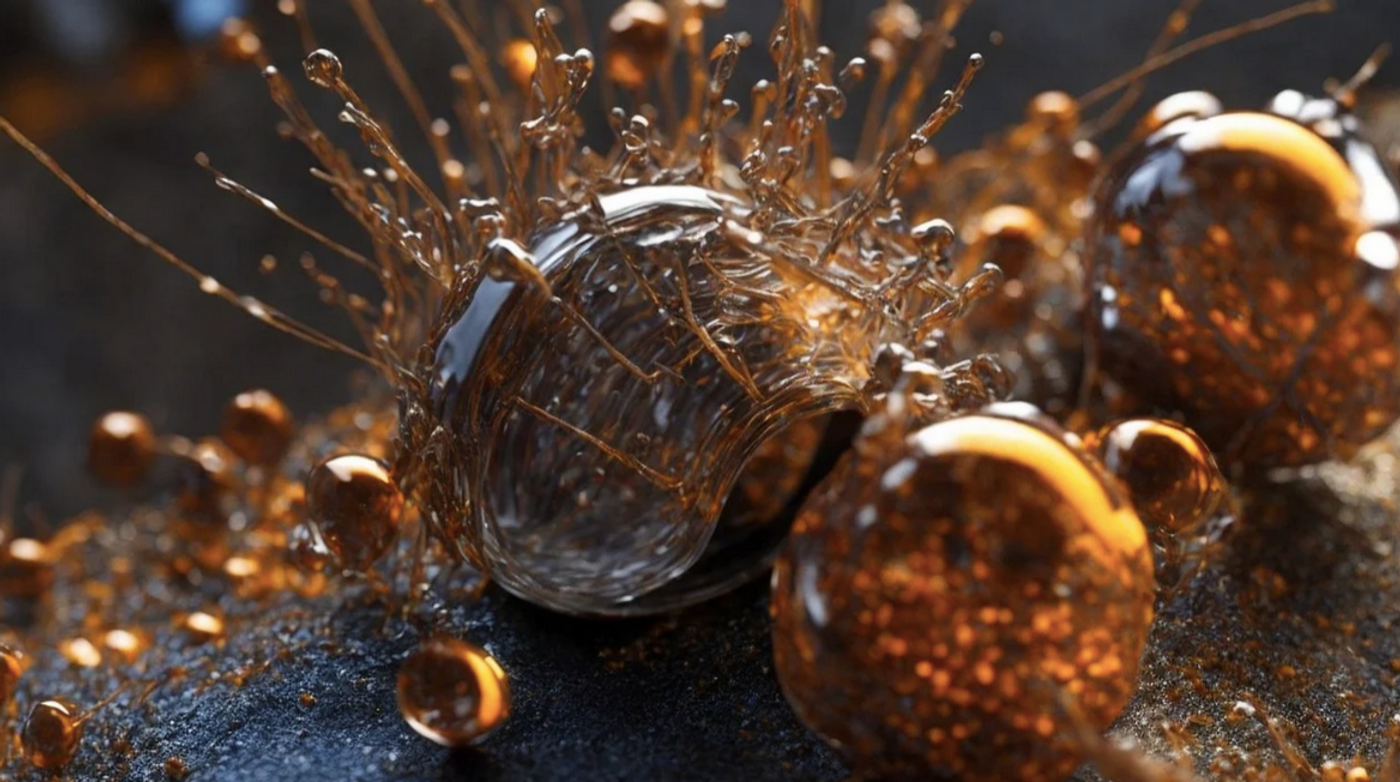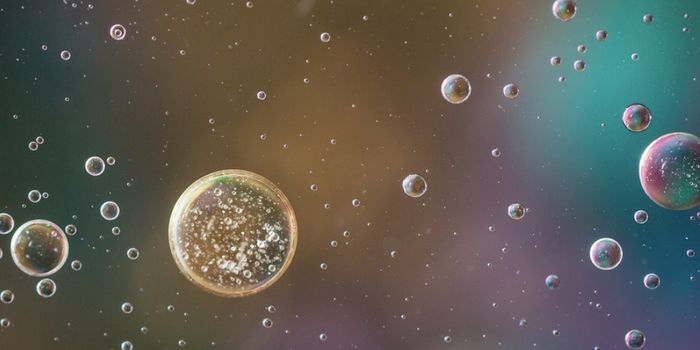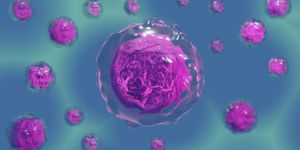The "Incomprehensible" Cell - A Parasitic Prokaryote is Discovered
All complex life forms on Earth, including plants and animals, are made up of eukaryotic cells; they are more sophisticated than bacterial or archaeal cells, which are prokaryotic. Eukaryotes have membrane bound organelles, such as mitochondria, which are such sophisticated little structures. Mitochondria are also unique among organelles because they carry their own little genomes. It's been thought that eukaryotic cells were probably created when ancient prokaryotes merged, or one ingested another. Eventually, that event would have given rise to more complex eukaryotic cells.
It's thought that when an archaeal cell and a bacterial cell merged, the bacterium eventually became the mitochondrion. The power generated by this original organelle then gave the cell more power to evolve and gain additional organelles. For this to be possible, one cell has to take up another in a process known as endocytosis. It was long thought that prokaryotic cells don't have enough energy to perform endocytosis, and that mitochondria were more or less essential for this process.
However, recent research has identified free-living eukaryotes that lack mitochondria, and instead take up bacterial cells for energy. Another recent study has found ancient archaeal cells living in Antarctic lakes, where they have remained undisturbed for ages. These cells were found to be like predators; they are parasitic archaeal cells that can absorb other microbes. Now, scientists have also found bacterial cells that are capable of endocytosis. The findings have been reported in mBio.
The corresponding author of this latest work is scientist Dr. Christian Jogler, a Professor at the University of Jena, who has been studying eukaryogeneis, or the evolution of eukaryotic cells, for over a decade.
"The idea of a fusion of two different prokaryotes into one eukaryote seems incomprehensible to me from a cell biology perspective," noted Jogler. Jogler's research team has been studying unusual microbes called planctomycetes, which can move around and change their shape. In 2019, another research group identified planctomycetes that could consume other bacteria, which flew in the face of assumptions about the capabilities of prokaryotic cells.
Now, Jogler's team has discovered a similar microbe they recovered from the North Sea. This bacterium, Uabimicrobium helgolandensis, also eats other bacteria and is a kind of 'bacteria of prey,' that should not even exist based on previous concepts about microbial cells.
"By sequencing the genome of Uabimicrobium helgolandensis, we were also able to develop new hypotheses on the molecular mechanism of the absorption of prey bacteria," said Jogler.
The planctomycetes predator may be a link that connects prokaryotes and eukaryotes, a so-called microbial version of Archaeopteryx (a biological link between dinosaurs and feathered birds). Jogler also suggested that planctomycetes may have had a significant role in eukaryogenesis.
Sources: University of Jena, mBio





![Master Lab Weighing: Accuracy, Compliance & Audits [eBook]](https://d3bkbkx82g74b8.cloudfront.net/eyJidWNrZXQiOiJsYWJyb290cy1pbWFnZXMiLCJrZXkiOiJjb250ZW50X2FydGljbGVfcHJvZmlsZV9pbWFnZV85MWRmZmRjMDIwNDBlMWJjMzYwN2ZiYWY2ZjI4ZGMzYzBmZGMwZGMyXzkxOTcucG5nIiwiZWRpdHMiOnsidG9Gb3JtYXQiOiJqcGciLCJyZXNpemUiOnsid2lkdGgiOjcwMCwiaGVpZ2h0IjozNTAsImZpdCI6ImNvdmVyIiwicG9zaXRpb24iOiJjZW50ZXIiLCJiYWNrZ3JvdW5kIjoiI2ZmZiJ9LCJmbGF0dGVuIjp7ImJhY2tncm91bmQiOiIjZmZmIn19fQ==)



